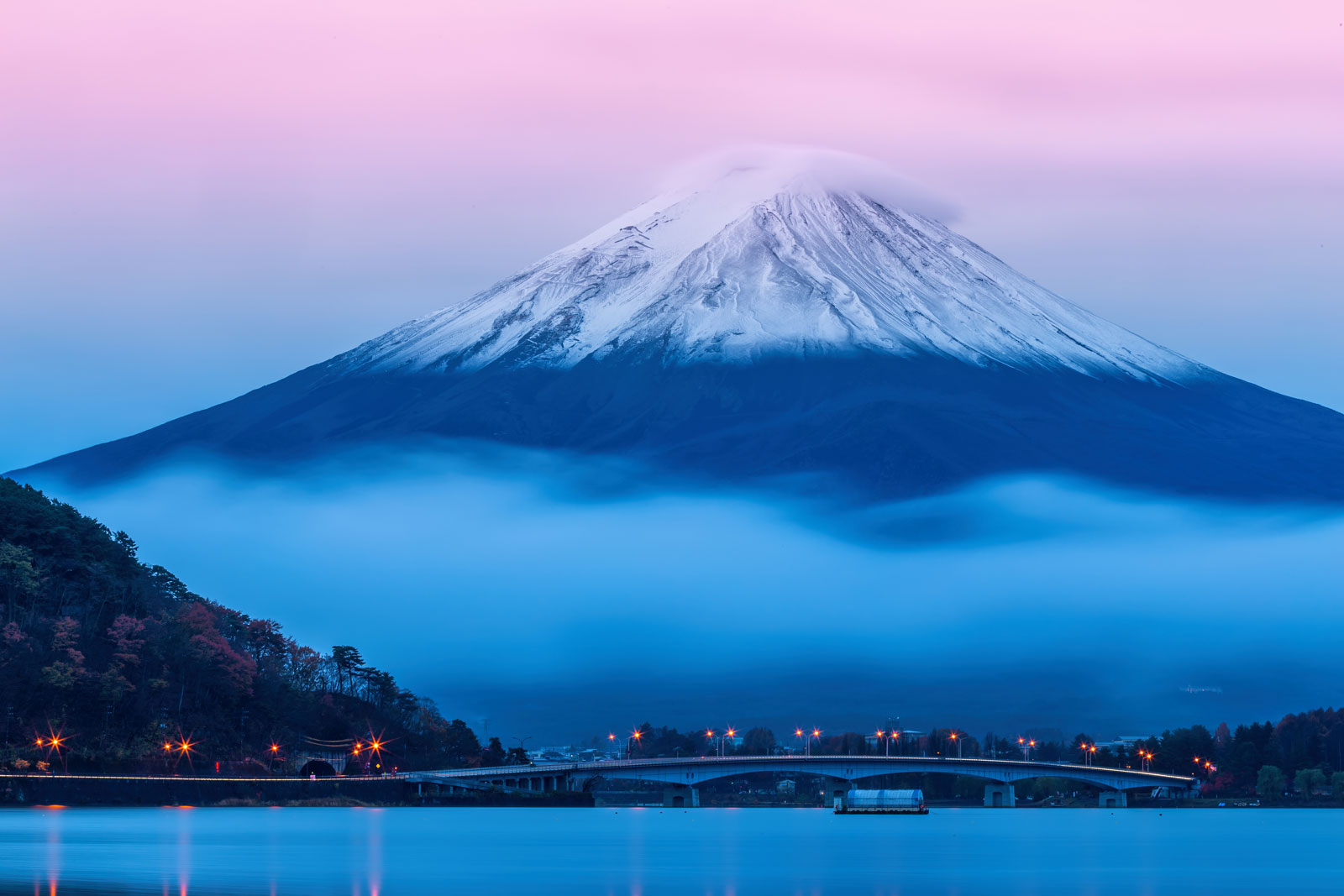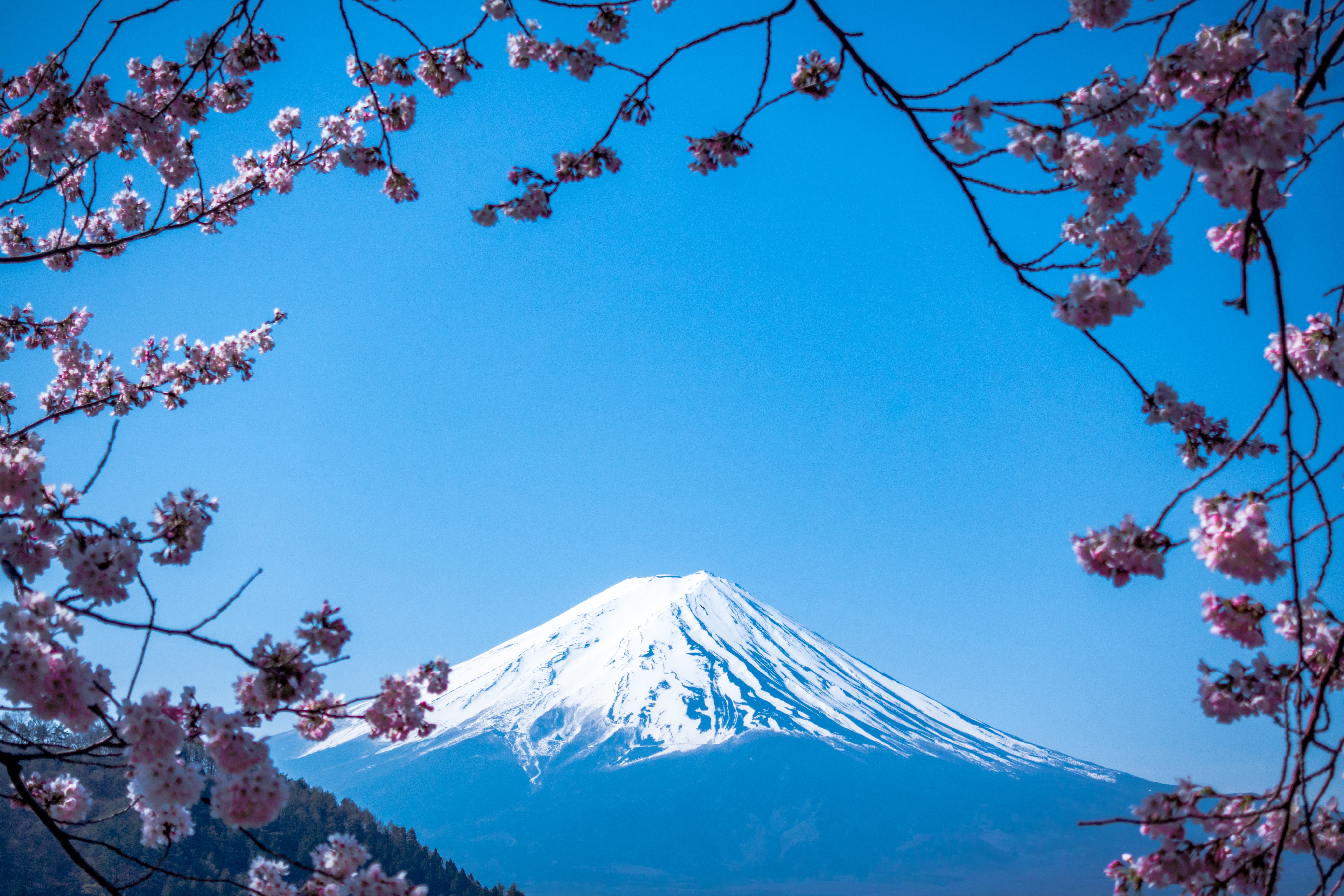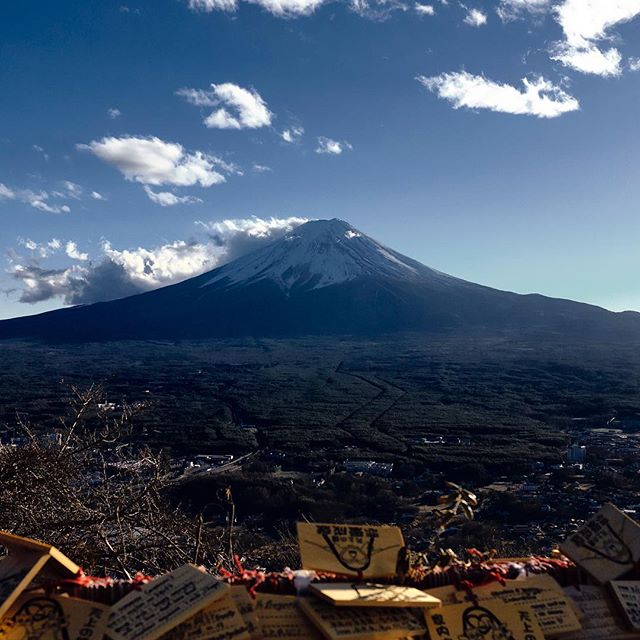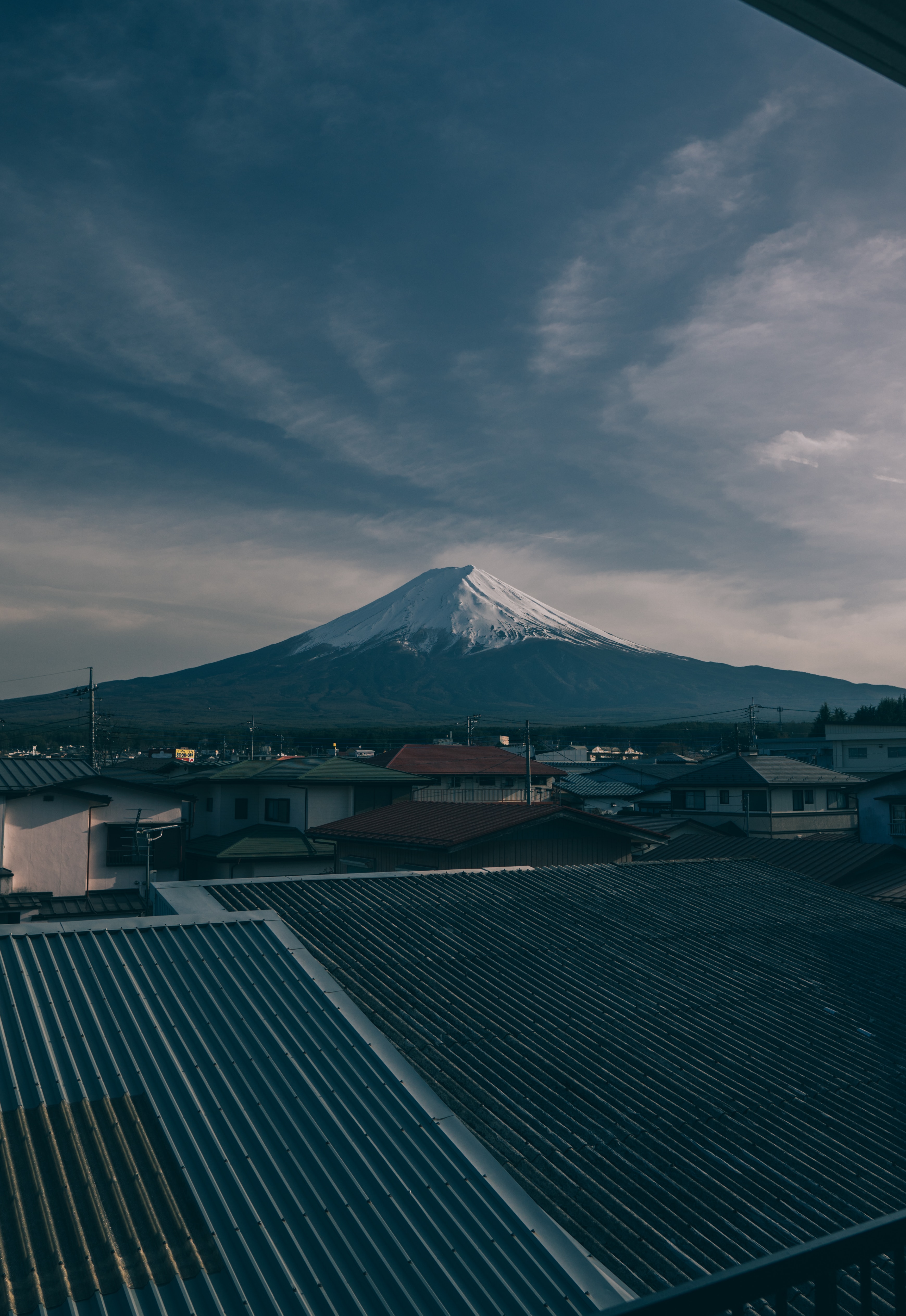The first person to scale Mount Fuji was an unnamed monk, who undertook his expedition in 663. More than a thousand years later, we are still tracing his literal footsteps. In 2009 alone, more than 300,000 people climbed Mount Fuji. Furthermore, this is a figure that excludes hikers during non-peak months and people who ascend the mountain by bus, so the total number of annual visitors, in all probability, exceeds 500,000.
This number does not necessarily represent 500,000 discrete individuals, however. For some, Mount Fuji is a destination that warrants repeated pilgrimages. As of 2014, Yoshinobu Jitsukawa, a local septuagenarian, has completed a mind-boggling 1,673 ascents up Mount Fuji, a number that is officially a world record. Explaining his motivation behind this feat, Jitsukawa-san says, “Every effort I have made in climbing Mount Fuji is worthwhile” because each time offers a different experience.

“Every effort I have made in climbing Mount Fuji is worthwhile”
Why does Mount Fuji cast such a huge shadow on the cultural imagination of locals and travellers alike, such that it has even been designated as a UNESCO World Heritage site? What explains its magnetic—and almost mystical—allure?

The answer to Mount Fuji’s enduring legacy is perhaps simply that Mount Fuji is breathtakingly, and almost otherworldly, beautiful. Its near perfect symmetry, a feature rare among mountains, gives the impression that some divine being sculpted Fuji with a careful hand, before encasing its peak with the whitest, most pristine snow: a literal crowning glory. It rises in the midst of five lakes that mirror its beauty—the watery reflection of Fuji the symphony that sounds sweeter on second hearing.

Unsurprisingly for a mountain (and such a beautiful one at that), the most common and popular activity conducted on Mount Fuji is hiking. At 3,776 metres, Mount Fuji is the highest mountain in Japan, offering a sweeping, uninterrupted panorama of the surrounding expanse. The most magnificent view arrives at dawn, so most people scale Mount Fuji at night to catch the sunrise from its summit—Japan is, after all, the land of the rising sun. Standing on Kengamine Peak in the still moments before sunrise, you get to watch the sky lighten from the darkest black, to a deep purple, to Homer’s “rosy-fingered Dawn” creeping in at the edges of this darkness.
“…watch the sky lighten from the darkest black, to a deep purple, to Homer’s “rosy-fingered Dawn” creeping in at the edges of this darkness.”
But even Homer could not put in words the almost spiritual experience of witnessing, atop Mount Fuji, the sun emerging slowly from the horizon. The Japanese term goraiko (ご来光), which literally means the arrival of light, is an attempt to capture this moment; its plain and succinct rendering of something so ineffable, in suggesting depths beneath this stripped down surface, almost succeeds in doing so. It is precisely the inarticulable—hence unspoken—connotations embedded in this term that approach the profundity of this experience: the gratitude of another day and the affirmation of life, but also, the loss of the previous day and the ineluctability of time.
Perhaps, then, Occam’s razor is an inadequate principle in providing an explanation of Mount Fuji’s imprint on our minds. As the paradox inherent in goraiko suggests, it is driven by something more symbolic, more contradictory, and more unconscious. It is not simply Mount Fuji’s beauty that contributes to our obsession with it. It is our apprehension of its sublimity.
“Whereas the beautiful is limited, the sublime is limitless,” Immanuel Kant wrote in Critique of Pure Reason. “[T]he mind in the presence of the sublime, attempting to imagine what it cannot, has pain in the failure but pleasure in contemplating the immensity of the attempt.”
The “immensity” that Kant refers to, in this case, is not literal—after all, we can surmount all 3,776 metres of Mount Fuji’s peak—but symbolic, taking root in our mind. As Samuel Taylor Coleridge puts it, “[n]o object of the Sense is sublime in itself; but only as far as I make it a symbol of some Idea”. Following Coleridge, the “immensity” of Mount Fuji, then, is not its inherent beauty, but our contemplation of its beauty—or, to be more precise, our contemplation of it as a symbol of beauty.

What is in our contemplation of Mount Fuji’s beauty that makes it sublime? Though, as aforementioned, it is not the mountain’s literal size that makes it too immense to contemplate, this physical attribute is undeniably a contributing factor. Wordsworth purports to “see a World in a Grain of Sand”, but beyond this poetical fancy, a perfectly beautiful grain will hardly strike us as so overwhelming that it is ungraspable, whether literally or symbolically. Mount Fuji, on the other hand, overawes with beauty on so grand a scale that our mind struggles to contemplate it in its entirety, forcing us to ask, “How does something so enormous look to be crafted so exquisitely? Can there exist even more immense objects that embody such perfection? Is there a limit to either quality?”
experience of pure time, compels us to think about the idea of eternity, the questions that arise from contemplating Mount Fuji’s sublimity drive us inevitably to the limits of what our mind can experience. Then—at the very edge of this consciousness—our ability to comprehend such notions fails, but this failure brings about “pleasure in contemplating the immensity of the attempt”. Such is, arguably, the basis of Mount Fuji’s grip on our collective consciousness.
In this light, Jitsukawa-san’s 1,673 journeys up Mount Fuji seem understandable. Contrary to the popular Japanese maxim that “a wise man will climb Mt Fuji once; a fool will climb Mt Fuji twice”, Jitsukawa-san’s repeated attempts exemplify our relation to the sublime. Each step set on Mount Fuji is a failure in encompassing its totality; each step a pleasure in this failure; each step compelling a return to the inexhaustible sublimity that is the quintessence of Mount Fuji.

➯ Did you like this post? Pin it and share it with others!





